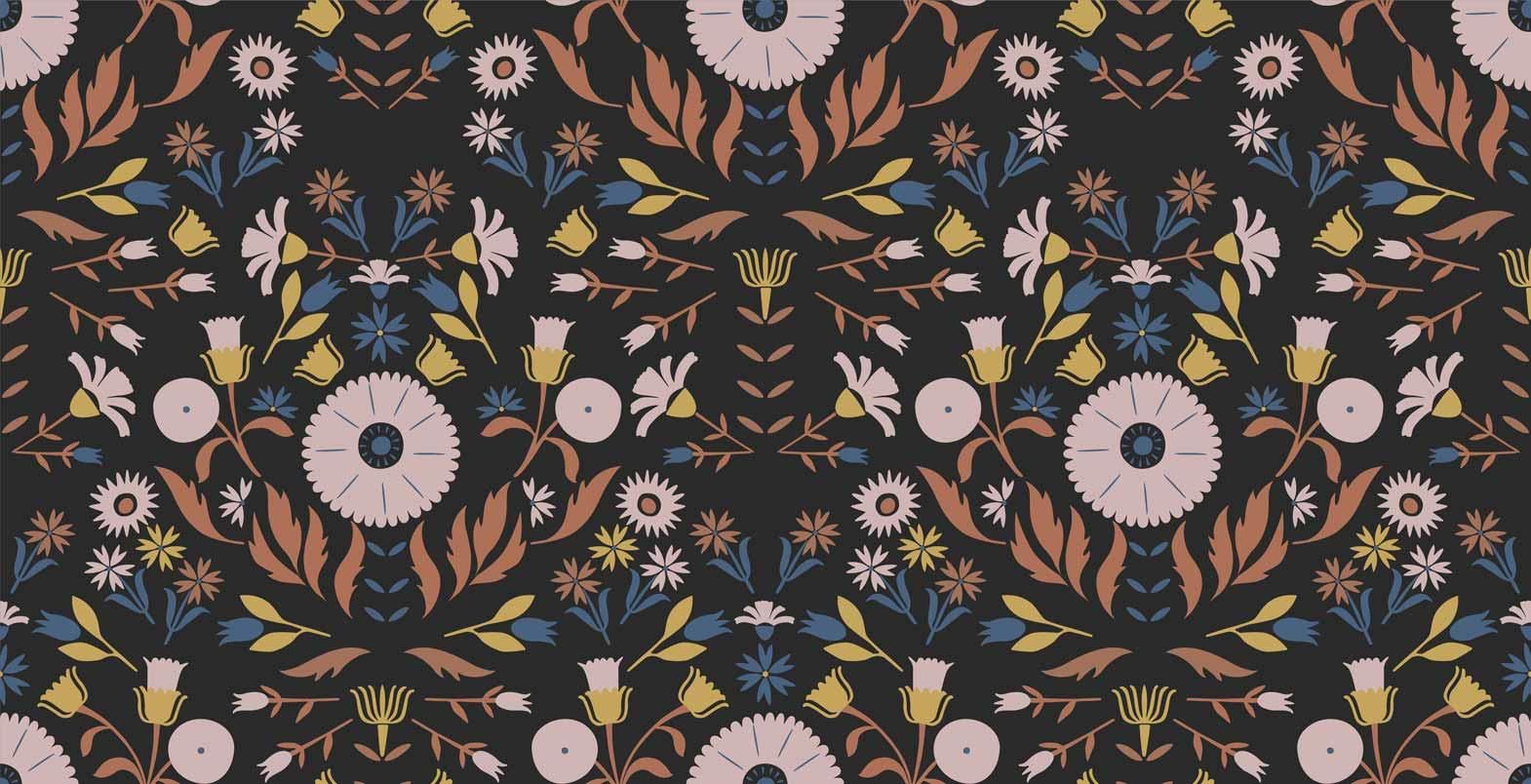Haveyou ever wondered about the beautiful textiles that India has to offer? India was the largest exporter of textiles in the 17th and 18th Centuries, before theIndustrial revolution. One such beautiful textile craft is Ajrakh Printing. Of coursea lot of these crafts are being revived now, thanks to the enthusiasm ofindividuals, NGOs and government. Here is some information on Ajrakh printing.
Sindhis the actual birthplace of Ajrak cloth. Ajrak has been in Sindh since the eraof Mohenjodaro, one of the oldest civilizations in the world, or even beforethat. However, the true origin of the word "Ajrak" is unknown. InArabic, Ajrak means blue or indigo. Blue color is dominantly used in Ajrakprinting and hence the word. Also, Sindh was traditionally a large producer ofindigo and cotton cloth and both of these products used to be exported to the Middle East. It is unknown whether the word Ajrak came from Arabic to Sindhi or added fromSindhi to Arabic. Traditionally, the fabric would be about 2.5 to 3 meterslong. Men used it as a turban, a cummerbund, and wrapped it around theshoulders. Women used it as a dupatta and chaddar or as a shawl. There are somepeople who still use it, though it has become more commercial now.
Itis patterned in intense jewel like colors. The dominant colors are rich crimsonand a deep indigo. A little bit of white and black is also used to givedefinition to the geometric patterns. The geometrical designs in the fabricseem to echo principles of Sufism or Islamic spiritualism that has severalgreat proponents in the ancient land of Sindh. The symbolism of geometricpatterns is generated from the concept of symmetry these repeated patternsrepresenting cosmic processes that extend in all directions.
Ajrak colors come out the best on cotton fabric. Earlier only cotton fabricwas being used for Ajrak printing. These days silk is also used but the colorson silk do not come out very rich. As wood absorbs the color better and moreuniformly, only wooden blocks are used in Ajrak printing. First block (used inprinting of mud resist) is made of sesham and the blocks used in third andfourth stages of printing are made of teak. Wooden blocks are soaked in mustardoil when not in use so they do not expand in the rainy season.
DyesUsed: In olden days only naturalvegetable dyes were used for Ajrak. Now they have been substituted by chemicaldyes. Blue Indigo Red color: Alum, molasses, wheat flour, and fennel. Theareas to be dyed red are printed and while still wet are dusted with ground cowdung or rice husk to protect against the indigo dye to be printed later. Blackcolor: Ferrous sulphates, molasses, millet flour, and tamarind seed powder isused to make it thicker. Traditional Ajrak colors are red, black, and indigo.These days yellow, orange and rust are also being used for a more contemporarylook.
Process of dyeing: The authentic Ajrak is printed on both sides by a method of printing called resist printing. The printing is done by hand with hand carved wooden blocks. When worn and washed the colors of the Ajrak become more brilliant and luminous. There are 22 processes in Ajrak printing and is very tedious and time consuming. Very few printers go through all the stages. There are variations on the basic theme (teli ajrak) that make for different types of ajrak (including sabuni ajrak, do rangi ajrak and kori ajrak). Ornamentation or Meenakari is done later on taking another 3-4 processes in order to decorate the fabric further.
The steps involved: The basic material is gray or unbleached cotton
fabric. To prepare it for printing and dyeing the cloth must undergo various
processes: soaking, washing, and treatment with sodium bi carbonate, castor
oil, eruca sativa oil, camel dung, and tamarind or myrobalam. Camel dung is
soaked in water and the fabric is soaked in it to make the fabric soft. It also
acts as a bleaching agent (alkaline) that helps in printing of the fabric. The
first printing is of mud resist consisting of natural gum, lime, and fullers
earth that produces a white outline in the finished fabric. A navy blue outline
is printed next with mordant made from iron scraps, ferrous sulphates, and
millet flour. When developed in alizarin it produces black. The same mordant as
in step 5 is now used to print the filler. A second resist treatment is printed
on to protect the white fabric from the subsequent indigo dyeing. A third
resist of gum and fullers earth mixed along with alum mordant is now applied.
The resist will block penetration by indigo while the alum when treated with
alizarin will produce the Ajrak red. The printed fabric is dipped in the indigo
vat to dye the unresisted areas. Copper vessel is used for this as copper does
not leave its own color. A thorough washing removes the excess indigo and
degums the fabric. Boiling in alizarin solution develops the red and black
mordant. The last washing removes any excess dye and the resist from the fabric
surface. This is how for so many years Ajrakh printing has been going on. Of
course now imitations of these are available as screen prints and so on, but the
traditional print has a 3d quality, a charm of its own.
Image Courtesy:
- gaatha.com







Comments